Speakers
Speakers are devices that convert electrical signals into sound waves. They are commonly used in audio systems, televisions, computers, and other electronic devices to produce sound.
How Speakers Work
Speakers contain one or more drivers that vibrate to create sound waves. When an electrical signal is sent to the speaker, it causes the driver to move back and forth rapidly, which in turn creates vibrations in the air. These vibrations are perceived as sound by our ears.
Parts of a Speaker
- Driver: The component of the speaker that actually produces the sound waves.
- Cone: The part of the driver that moves back and forth to create sound waves.
- Magnet: Helps the driver move by interacting with the electrical signal.
- Voice coil: A coil of wire that interacts with the magnet to create the vibrations in the cone.
- Cabinet: The enclosure that houses the driver and helps to amplify and direct the sound waves.
Types of Speakers
There are various types of speakers, including:
- Woofers: Designed to produce low-frequency sounds, such as bass.
- Tweeters: Specialized for high-frequency sounds, such as treble.
- Subwoofers: Specifically for very low-frequency sounds, often used for deep bass.
- Full-range speakers: Capable of producing a wide range of frequencies.
Study Guide
- What is the main function of a speaker?
- Explain how a speaker converts electrical signals into sound waves.
- List and describe the main parts of a speaker.
- What are the different types of speakers and their functions?
- How do speakers contribute to the quality of sound in audio systems?
Studying the topic of speakers will provide a foundational understanding of how sound is produced and transmitted in various electronic devices.
.◂Science Worksheets and Study Guides Fourth Grade. Rocks and minerals
Study Guide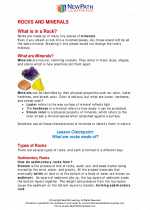 Rocks and minerals
Rocks and minerals  Activity Lesson
Activity Lesson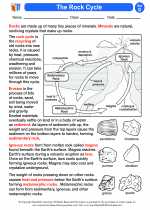 The Rock Cycle
The Rock Cycle  Worksheet/Answer key
Worksheet/Answer key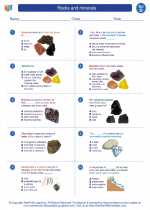 Rocks and minerals
Rocks and minerals  Worksheet/Answer key
Worksheet/Answer key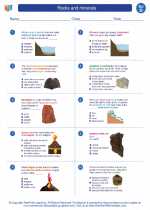 Rocks and minerals
Rocks and minerals  Worksheet/Answer key
Worksheet/Answer key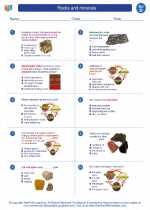 Rocks and minerals
Rocks and minerals  Worksheet/Answer key
Worksheet/Answer key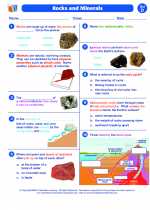 Rocks and Minerals
Rocks and Minerals  Vocabulary/Answer key
Vocabulary/Answer key Rocks and minerals
Rocks and minerals  Vocabulary/Answer key
Vocabulary/Answer key Rocks and minerals
Rocks and minerals  Vocabulary/Answer key
Vocabulary/Answer key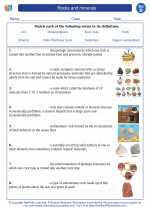 Rocks and minerals
Rocks and minerals  Vocabulary/Answer key
Vocabulary/Answer key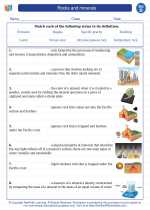 Rocks and minerals
Rocks and minerals 

 Activity Lesson
Activity Lesson
 Worksheet/Answer key
Worksheet/Answer key
 Worksheet/Answer key
Worksheet/Answer key
 Worksheet/Answer key
Worksheet/Answer key
 Worksheet/Answer key
Worksheet/Answer key
 Vocabulary/Answer key
Vocabulary/Answer key
 Vocabulary/Answer key
Vocabulary/Answer key
 Vocabulary/Answer key
Vocabulary/Answer key
 Vocabulary/Answer key
Vocabulary/Answer key

The resources above cover the following skills:
Concepts of Earth Science (SD1, SD2, SD3, SD4)
The student demonstrates an understanding of geochemical cycles by describing that most smaller rocks come from the breaking and weathering of larger rocks as part of the rock cycle.
The student demonstrates an understanding of geochemical cycles by recognizing the physical properties of water as they relate to the rock cycle.